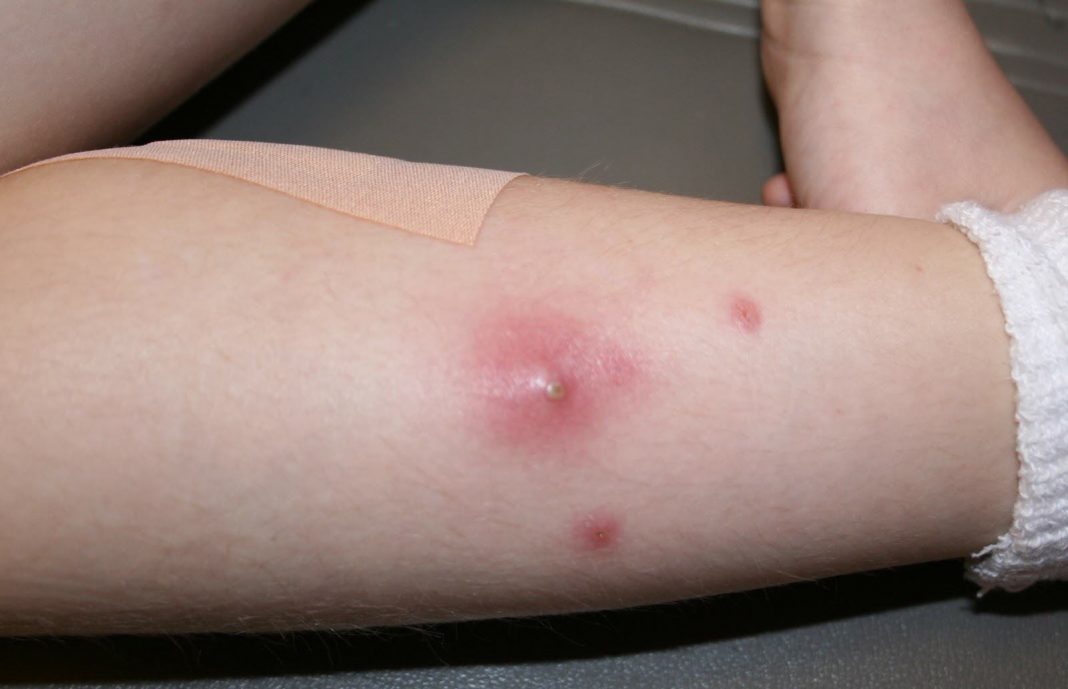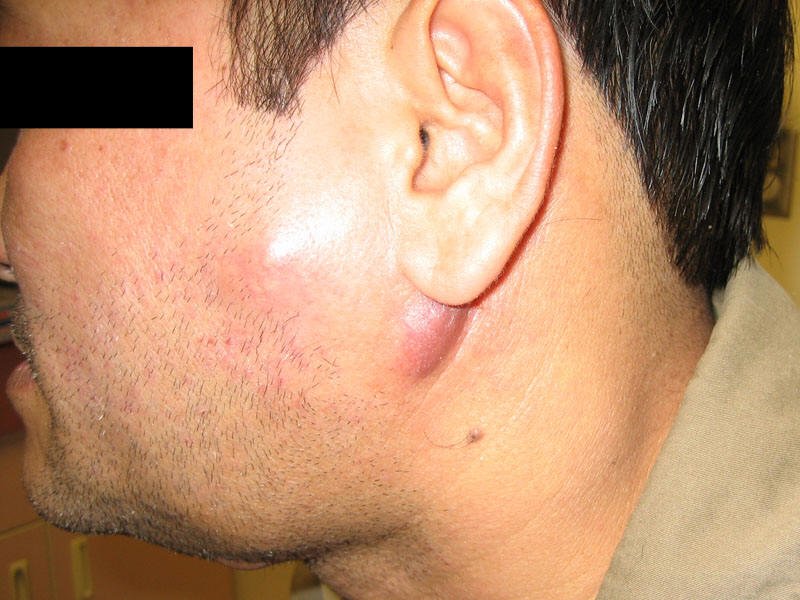Staph infections are types of infections which are caused by staphylococcus bacteria which are types of germs that are commonly found on the skin or in the nose even in healthy individuals. In the most cases, these bacteria are not causing problems or they result just in minor skin infections. But if the staph infections invade deeper into your body (the bacteria invade deeper), entering your heart, lungs, bones, joints or bloodstream, then this can be deadly. The number of healthy people who are developing life – threatening staph infections is increasing. The treatment of this condition usually involves drainage of the infected area and antibiotics. But there are some staph infections which no longer respond to common antibiotics. [1]
Symptoms of staph infections
It is known that this type of infection can vary in symptoms. The symptoms of this condition vary from minor skin problems to endocarditis, which is a life – threatening infection of the inner lining of heart (endocardium). As a result of the previous mentioned fact, signs and symptoms of staph infections vary widely, depending on the location and severity of the infection.
- Skin infections: Skin infections that are caused by staph bacteria are:
- Staphylococcal scalded skin syndrome: The staph infection can produce toxins that can lead to staphylococcal scalded skin syndrome. This condition is affecting mostly children and babies and it features a rash, fever and sometimes blisters. When the blisters break, then the top of your skin comes off – leaving a red and raw surface which looks like a burn. [2]
- Cellulitis: This is an infection of the deeper layers of the skin. It causes skin redness and swelling on the surface of the skin. Also can develop areas of oozing discharge or sores (ulcers). [3]
- Impetigo: This is a contagious and often painful rash which can be caused by staph bacteria. This condition usually features large blisters that can ooze fluid and develop a honey – colored crust. [4]
- Boils: This is the most common type of staph infections. Boil is a pocket of pus which develops in a hair follicle or oil gland. The skin over the infected area usually becomes swollen and red. If the boil breaks open, then it will probably drain pus. Boils most often happen around the groin or buttocks or under the arms.

- Septic arthritis: Staph infection is cause for septic arthritis in many cases. This bacterium often targets the toes, fingers, hips, shoulders and knees. Signs and symptoms include fever, severe pain in the affected joint and joint swelling. [5]
- Food poisoning: One of the most common causes for food poisoning is staph bacteria. Symptoms of the food poisoning come on quickly. Usually, they are happening within hours of eating contaminated foods. Symptoms are usually disappearing quickly and in many cases they last just half a day. [6]
- Toxic shock syndrome: This is a life – threatening condition that results from toxins produced by some strains of staph bacteria and also it is linked to certain types of tampons, surgery and skin wounds. [7] This condition usually develops suddenly with:
- Abdominal pain
- Diarrhea
- Muscle aches
- Confusion
- A rash on your palms and soles that resembles sunburn
- Nausea and vomiting
- A high fever
- Bacteremia: This condition is also known as blood poisoning. It is happening when the staph bacteria enters into a bloodstream of some person. Low blood pressure and fever are signs of bacteremia. [8] This type of bacteria can travel to locations deep within your body, to produce infections affecting
- Surgically implanted devices, such as artificial joints or cardiac pacemakers
- Bones and muscles
- Internal organs, such as your lungs, heart or brain
Causes or staph infection
There are many people who carry staph bacteria and they never develop staph infections. But if someone develops a staph infection, then there is a good chance that this is from the bacteria they have been carrying around for some time. These bacteria can be also transmitted from person to person. It is known that the staph bacteria are so hardy and they can live on inanimate objects such as towels or pillowcases long enough to transfer to the next person who touches them. Staph bacteria are available to survive:
- High levels of salt
- Stomach acid
- Extremes of temperature [9]
- Drying
References:
[1] Chambers HF, DeLeo FR. Waves of resistance: Staphylococcus aureus in the antibiotic era. Nature Reviews Microbiology. 2009;7(9):629–41.
[2] Mishra AK, Yadav P, Mishra A. A systemic review on staphylococcal scalded skin syndrome (SSSS): A rare and critical disease of neonates. The Open Microbiology Journal. 2016;10:150–9.
[3] Bruun T, Oppegaard O, Kittang BR, et al. Etiology of cellulitis and clinical prediction of streptococcal disease: A prospective study. Open Forum Infectious Diseases. 2016;3(1):ofv181.
[4] Bowen AC, Tong SYC, Chatfield MD, Carapetis JR. The microbiology of impetigo in Indigenous children: associations between Streptococcus pyogenes, Staphylococcus aureus,scabies, and nasal carriage. BMC Infectious Diseases. 2014.
[5] Shirtliff ME, Mader JT. Acute septic arthritis. Clinical Microbiology Reviews. 2002;15(4):527–44.
[6] Kadariya J, Smith TC, Thapaliya D. Staphylococcus aureus and staphylococcal food-borne disease: An ongoing challenge in public health. Biomed Research International. 2014;2014:827965.
[7] Todd JK. Toxic shock syndrome. Clinical Microbiology Reviews. 1988;1(4):432–46.
[8] Tong SYC, Davis JS, Eichenberger E, et al. Staphylococcus aureus infections: Epidemiology, pathophysiology, clinical manifestations, and management. Clinical Microbiology Reviews.
[9] Assimacopoulos AP, Strandberg KL, Rotschafer JH, Schlievert PM. Extreme pyrexia and rapid death due to staphylococcus aureus infection: Analysis of 2 cases. Clinical Infectious Diseases. 2009;48(5):612-4.




